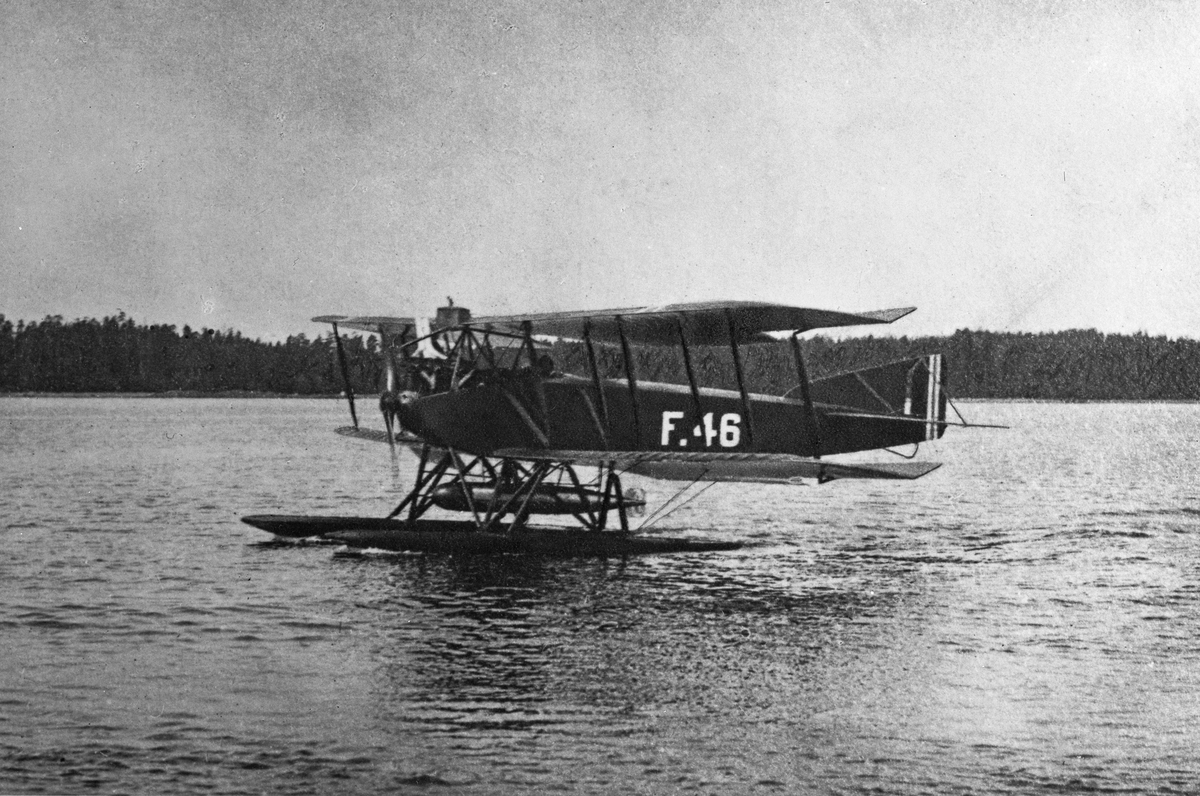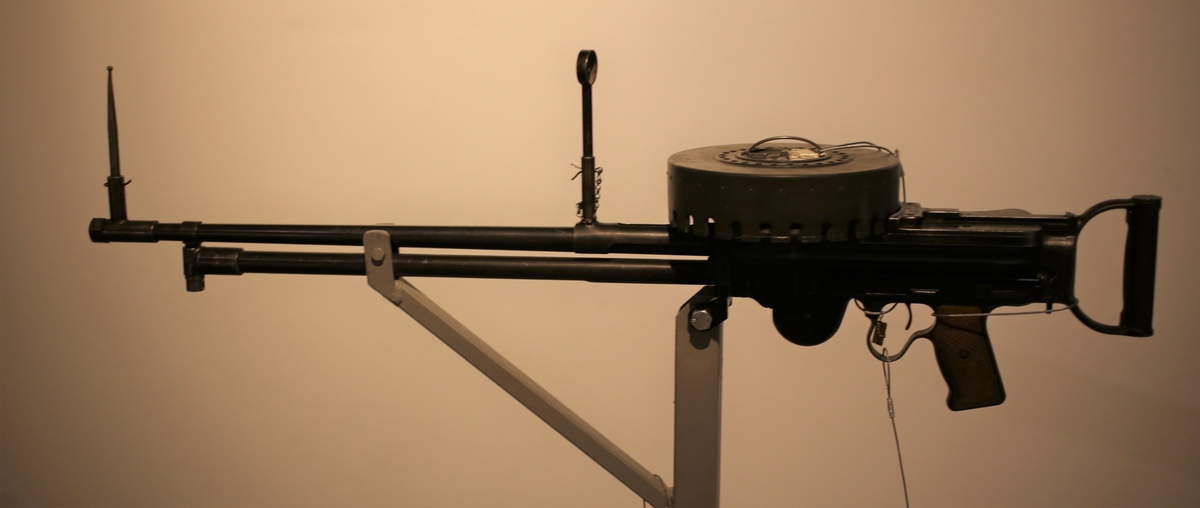
TYPE: Two seat biplane torpedobomber
AMOUNT 1x
BUILDING SITE: Marinens Flyfabrikk, Norway
ARMAMENT
Spoiler
Primary armament
1x .303 Model 1914 British Lewis Machinegun
-Placement: fixed movable turret rear seat
Designed: 1911
Manufacturer: Birmingham Small Arms Co. Ltd.Savage Arms Co.
Produced: 1913–1942
Mass: 13 kilograms
Length: 1,283 Millimeters
Barrel length: 673 Millimeters
Width: 114 Millimeters
Cartridge: .303 British
Action: Gas-operated long stroke gas piston, rotating open bolt
Rate of fire: 500–600 rounds/min
Muzzle velocity: 744 m/s
Effective firing range: 805 Meters
Maximum firing range: 3,200 Meters
Feed system: 47- or 97-round pan magazine
Secondary Armament
1x 40 Kilogram mine
5x 10 Kilogram bombs
1x Whitehead Model Vb torpedo
-Measurements: 45cm x 3,7m
Weight: Ca 500 kg
Whitehead Model II 35.6cm x 4.4m.
Whitehead Model III a 35.6cm x 4.4 m
TECHNICAL DATA
Wingspan: 16.6 Meter
Length: 11.3 Meter
Eigne: 1x 6 Cylinder Benz
Power: 220 HP
Crew: 2x
Propeller: Rigid two-blade wooden propeller (3.00 m)
PERFORMANCE
Maximum speed: 140 km/h
Cruise speed: 100 km/h
Range: 550 kilometer
SERIAL NUMBER,TAIL NUMBER, TIME IN SERVICE & FATE
45 - F.46 02.08.1920 - 07.11.19230 - Discarded 1930, EX N-2
HISTORY
In 1919 to 1920, A/S United STates Sardine Factory (USF) in Bergen, Norway bought 2x 4-5 seater seaplanes of the type Lubeck Travemunde F.4L from Germany. The idea here was to use these for herring removal and other various activities, and they then received civil registration N-2 and N-15, N-15 was converted to F.4L Cabinet in Germany. At that time, it was the Norwegian Navy’s Air Force that was responsible for the technical control of civilian seaplanes. The navy now had very big problems with the Channel flying boats on the airmail route to Kristiansand, Norway and a great need for better material. They found this in one of the German machines.
USF was willing to sell their machines, and they proved to be very reliable aircraft. Eventually the planes were equipped with machine guns and bomb mounts and were then used as scout planes. The F.46 was also later tested as a torpedo plane with very good results. The planes did not have struts between the floats and in addition had very good carrying capacity and did a number of slip tests between December 1923 and May 1924. The planes were last in the air in July 1924 and were scrapped and burned in May 1927 and the last plane in November 1930.
This plane (F.46) are suggested as a torpedo bomber. This plane was coverted to be able to attach torpedoes, and it was between 1923 and 1924 done testing’s with as a “torpedoplane” with good results. The torpedo in the picture should be a Withead Mk.VB torpedo of 500kg’s but i believe the Norwegian Type 2/3 might have been tested as well. i will research this. There is also a lead saying the eigne might have been tuned up to 260 hp, but it stays 220 until i can prove it.
ANOTHER PERSPECIVE OF THE PLANE & TORPEDO
ILLUSTRATION/SKIN

ALBUM
Spoiler
coming soon - technical issues with IMGBB
SOURCES
Spoiler
https://www.norli.no/boker/dokumentar-og-fakta/historie-og-dokumentar/krig-og-historie/luftforsvarets-historie-fortalt-gjennom-75-gjenstander?
https://www.adlibris.com/no/bok/norske-militarfly-9788271286873?
Norsk marinehistorie : modeller som forteller - detaljert visning - Biblioteksøk
Lübeck Travemünde sammen med Sopwith Baby -Norsk Teknisk Museum / DigitaltMuseum
Lubeck-Travemunde F.1/F.2/F.4
- Yes
- No

